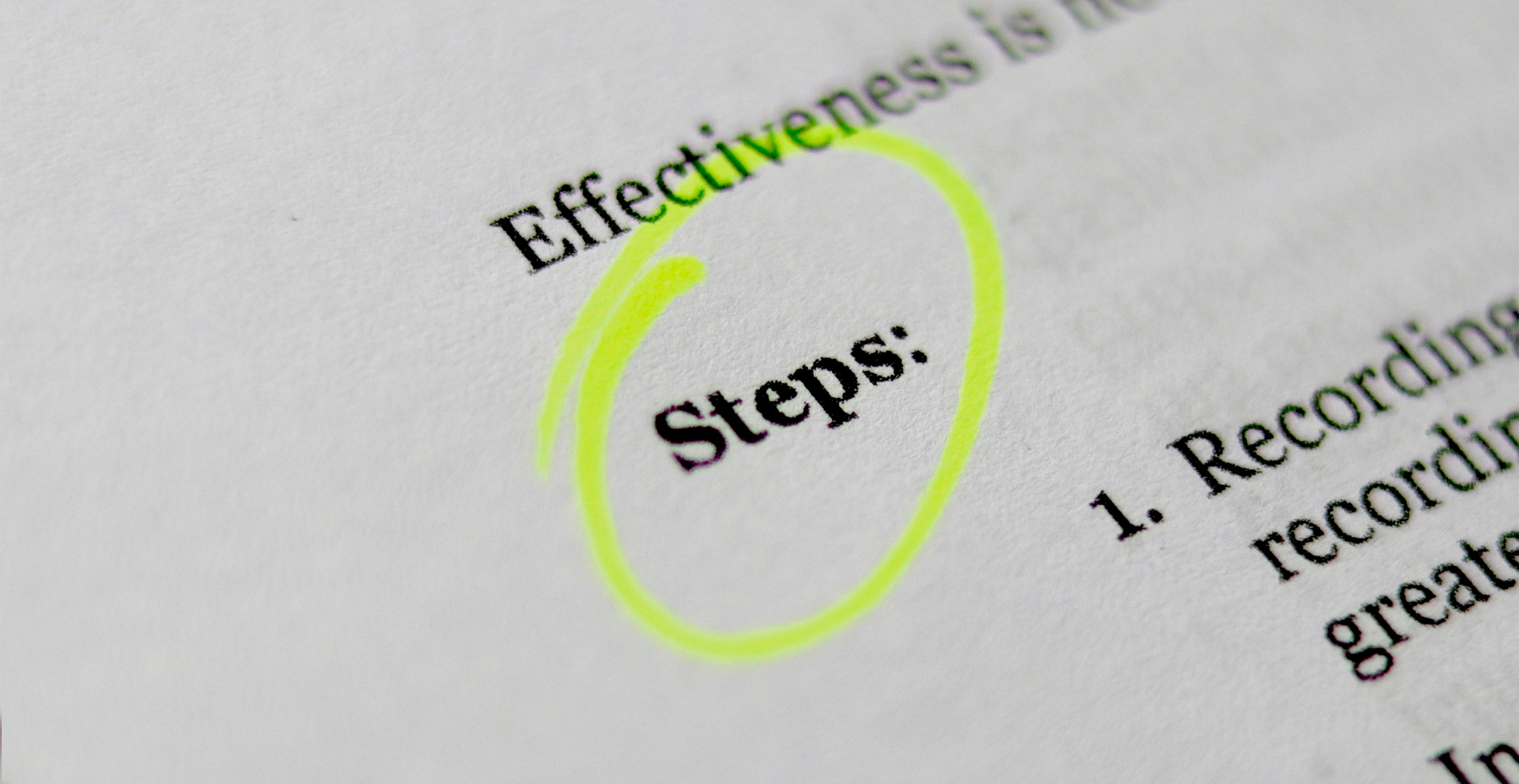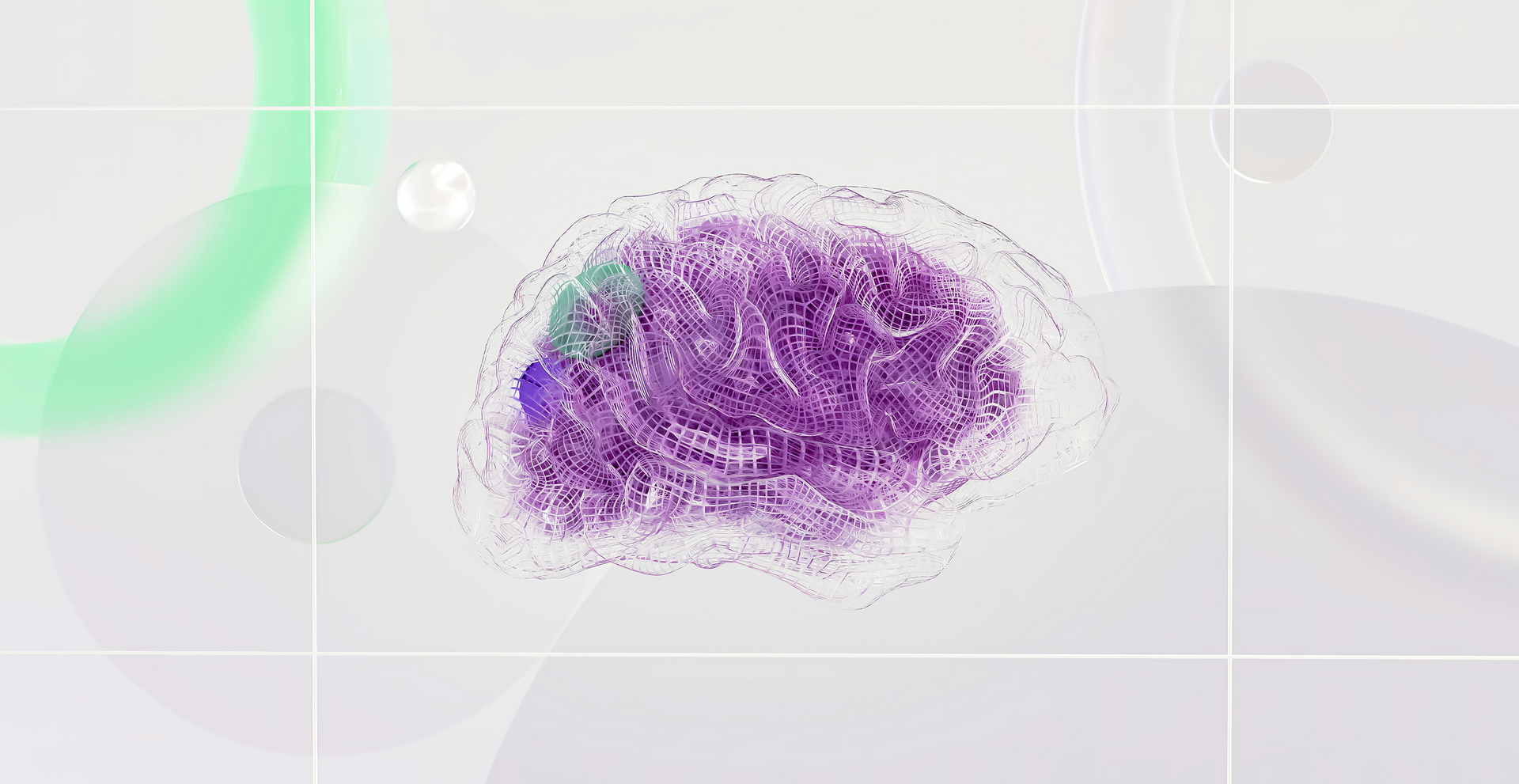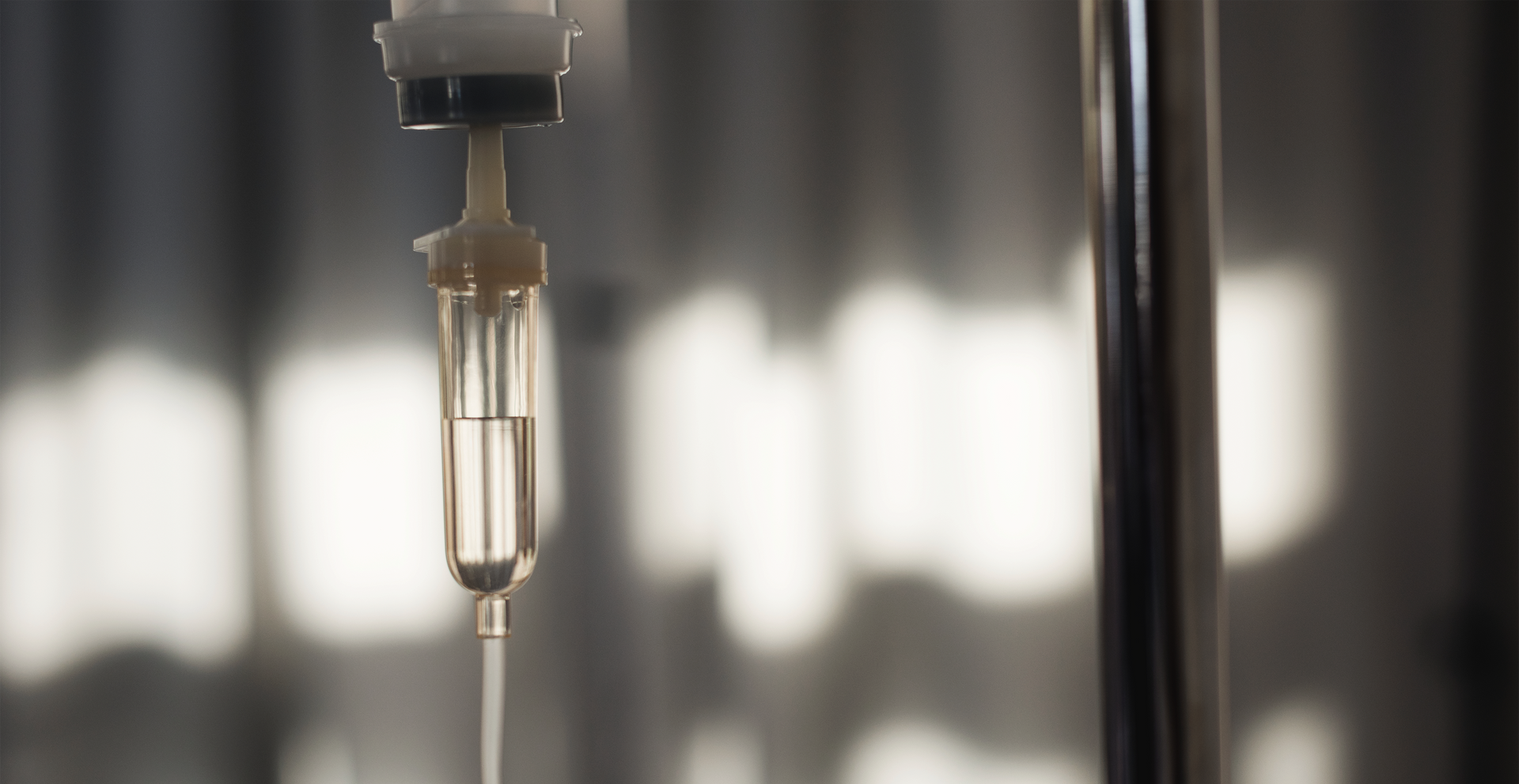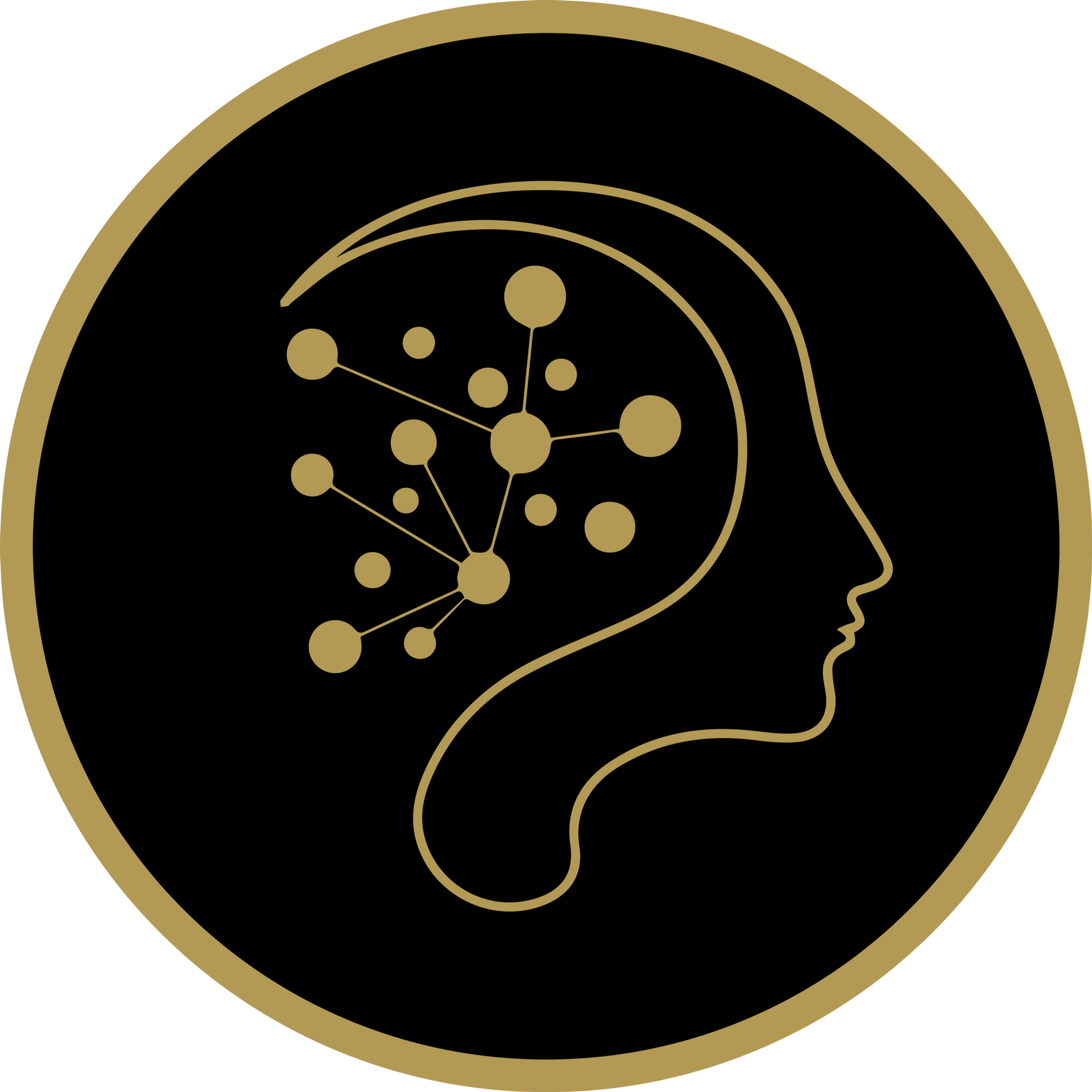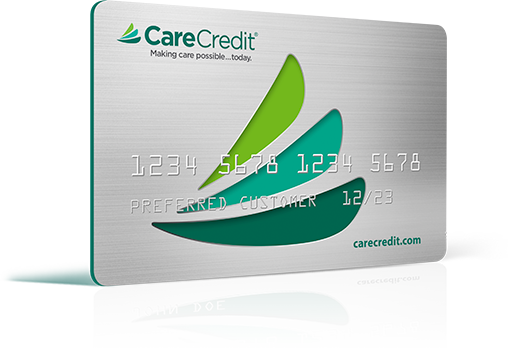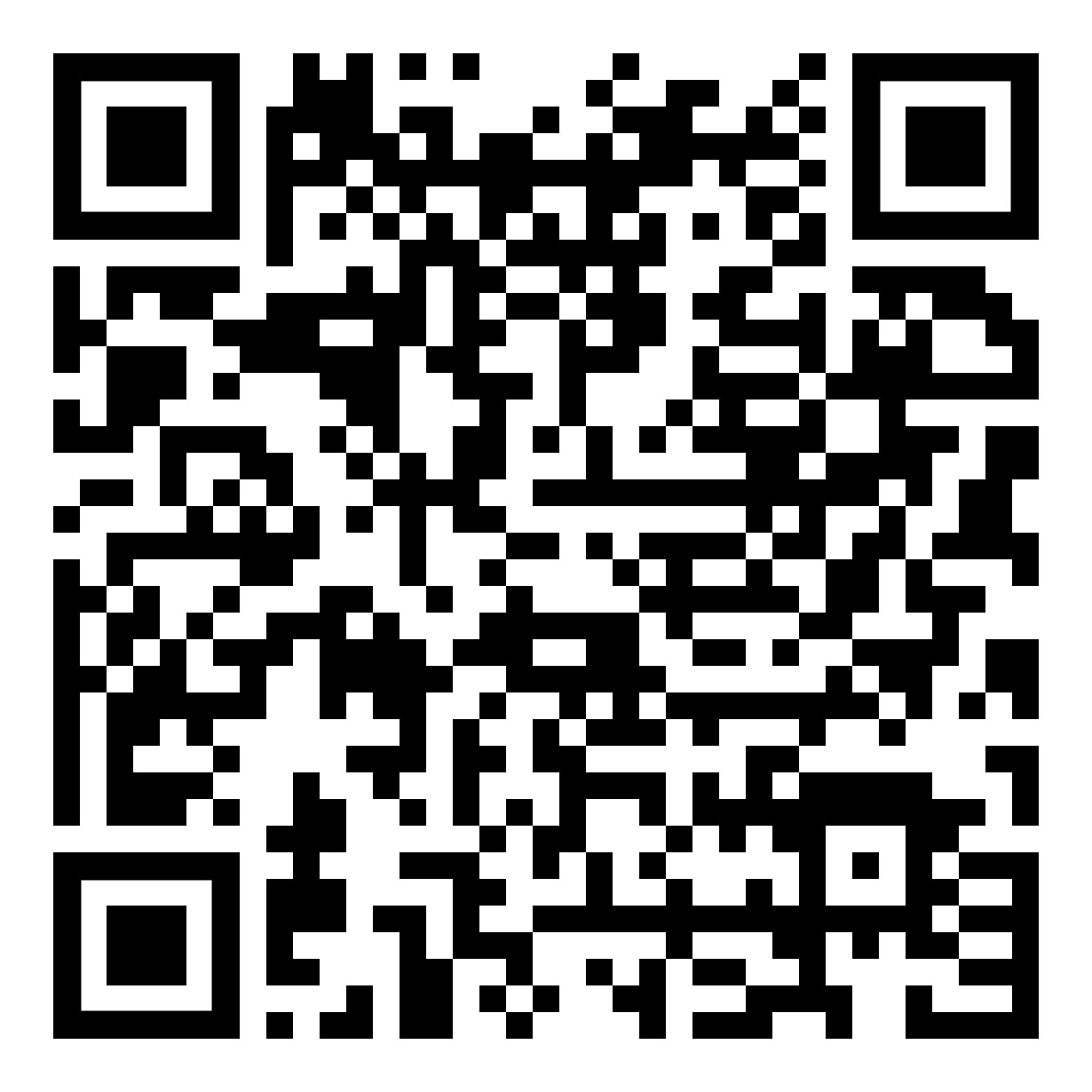In-Clinic vs. At-Home Ketamine Therapy
At-home ketamine therapy gained popularity during the pandemic, allowing patients to self-administer the medication without visiting a clinic. While this approach offers convenience, ketamine isn’t without risks, and these are exacerbated without medical supervision.
If you're considering ketamine therapy and unsure whether to pursue treatment at home or in a clinical setting, this article will break down the key differences, weigh the risks and benefits, and help you make an informed choice.
What Is In-Clinic Ketamine Therapy?
In-clinic ketamine therapy involves receiving ketamine treatment in a professional medical setting under direct supervision.
At the TMS & Ketamine Clinic of Southwest Florida, we provide ketamine as intravenous (IV) infusion, as this is the most well-researched and fast-acting method. We also offer Spravato, a nasal spray medication based on ketamine, which is approved specifically for treatment-resistant depression and major depressive disorder with suicidal ideation (MDSI). In-person clinics may also provide ketamine intramuscularly (IM), where the drug is injected into a muscle.
During an infusion at our clinic, patients lie down in a comfortable environment with a catheter inserted into a vein. Ketamine is directly absorbed into the bloodstream and rapidly enters the brain, producing its effects.
Each infusion typically lasts about
40 minutes, with a
starting dose around 0.5–2 mg/kg. Based on your individual response, our medical team may adjust the dosage in real-time to optimize results. Patients are closely monitored for physical and psychological reactions throughout treatment and afterward, to ensure their safety and well-being.
What Is At-Home Ketamine Therapy?
At-home ketamine therapy, or ketamine telehealth, allows patients to self-administer the medication in the comfort of their own home. Ketamine is typically delivered in the post, in the form of an oral tablet or nasal spray, although a few companies now offer at-home injectables. These treatments are managed remotely, with access to healthcare professionals over video call or messaging.
Patients are typically provided with instructions on how to take the medication through an online platform or mobile app. In some cases, virtual support is available during treatment, allowing a staff member to join via video call to guide the session and provide real-time assistance. However, not all providers include this level of support, and there are limits to what can be managed through a video connection.
To enhance the overall treatment experience, patients are often provided with
additional resources such as guided meditations and online journaling tools to support their mental and emotional well-being.
Safety: In-Clinic vs. At-Home Ketamine Use
Although ketamine therapy is generally well-tolerated, it’s not without risks. Side effects can be both physical and psychological, and monitoring is essential for safety and efficacy.
Physical side effects may include:
- Nausea
- Headaches
- Increased blood pressure or heart rate
- Sedation or drowsiness
- Impaired motor control
- Rare allergic reactions
Psychological side effects can involve:
- Dissociation or out-of-body sensations
- Hallucinations or altered perception
- Anxiety or confusion
- Risk of dependency or misuse
The
FDA has raised concerns regarding unsupervised at-home ketamine use, particularly due to the
risk of addiction. Ketamine is a
drug of abuse, and chronic use is associated with long-term complications, such as bladder damage or cognitive impairment. Although studies show adverse effects from at-home ketamine are relatively rare, there have been
cases of addiction and long-term health consequences following this type of remote use.
Key Differences Between In-Clinic and At-Home Ketamine Therapy
Supervision & Safety
- In-Clinic: Treatment is administered by trained medical professionals who monitor vital signs (such as heart rate and blood pressure), mental state, and overall response in real time.
- At-Home: Self-administered treatment with limited virtual check-ins and potential virtual oversight. In an emergency, immediate medical assistance is not readily available.
Method of Administration
- In-Clinic: Ketamine is typically delivered via IV infusion, allowing for precise control over dosage.
- At-Home: Usually taken as a sublingual lozenge or nasal spray. While this method is less invasive, the dose can’t be adjusted in real time.
Treatment Experience
- In-Clinic: Clinics, such as the TMS & Ketamine Clinic of SW Florida, provide a comforting environment with supportive staff. However, patients will need to travel and cannot drive back after treatment.
- At-Home: Some may feel more relaxed at home, especially if there’s a negative association with hospital environments. Patients also don’t need to worry about getting to and from a clinic. However, distractions or negative associations within the home environment can cause an issue.
In Clinc vs. At Home Ketamine: Which is Right for Me?
Choosing between in-clinic and at-home ketamine therapy depends on your individual needs, mental health history, and preferences for safety, support, and convenience. Here’s a breakdown to help you make an informed decision:
In-Clinic Ketamine Therapy May Be Right for You If:
- You’re dealing with
moderate to severe mental health conditions, such as treatment-resistant depression, PTSD, or severe anxiety.
You prefer or require close medical supervision during treatment. - You want access to IV ketamine infusions, which can provide rapid relief and controlled doses.
- You value a controlled, calming environment with in-person support to ensure safety and comfort.
- You’ve had prior complications with medications or are concerned about side effects.
- You’re new to ketamine therapy and want professional guidance through the process.
At-Home Ketamine Therapy May Be Right for You If:
- Your symptoms are mild to moderate, and you’re using ketamine as part of a maintenance routine.
- You have limited access to a clinic due to geography, mobility issues, or scheduling challenges.
- You feel safe and comfortable self-administering the treatment with remote guidance.
- You’ve previously done in-clinic sessions and are transitioning to at-home use under a provider’s direction.
- You’re looking for
more flexibility and prefer the comfort of being in your own home.
In-Clinic Ketamine Therapy in Florida
TMS & Ketamine Clinic of SW Florida is a leading provider of IV ketamine infusions, serving residents in Fort Myers and surrounding areas. Our clinic provides a comfortable environment, with measures in place to ensure your well-being and safety throughout the process. Our staff will be with you, each step of the way, providing guidance, monitoring, and reassurance. To learn more, please contact our team today.
MENTAL HEALTH SERVICES
BOOK A CONSULTATION
Knowing that you are not alone is of utmost importance. Seek assistance for depression today!
OUR SERVICE SUPPORTS MENTAL WELLNESS
- Depression
- Lack of Joy
- Sadness and Despair
- Low Mood
- Lethargy
- Insomnia
- Oversleeping
- Social Isolation
- Self-Harm
- Substance Abuse
- Suicidal Ideation
- Alcoholism
